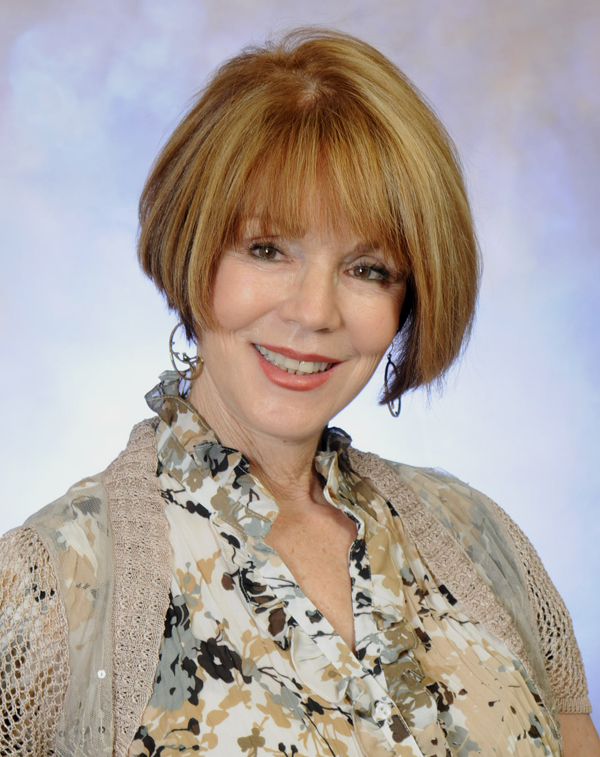You are here
 It is predicted that by 2020, peers will account for 30-45 percent of the mental health workforce. In terms of quality of care, peers have proven their worth over and over, even in the face of harsh resistance from traditional mental health workers. Many believe, however, including the authors of this article, that peers can do more by applying their skills more deeply and reaching a wider audience. A peer career academy, described below, is a way of offering the next steps in skill and knowledge for those delivering peer support. The peer workforce is critical to us at NYAPRS. At our Executive Seminar, “Beyond Survival to Success,” hosted April 21-22, this important topic was addressed in a workshop entitled, “New Developments in Peer Support,” presented by Allen Daniels, Andre Johnson, Steve Miccio, and Ellen Healion.
It is predicted that by 2020, peers will account for 30-45 percent of the mental health workforce. In terms of quality of care, peers have proven their worth over and over, even in the face of harsh resistance from traditional mental health workers. Many believe, however, including the authors of this article, that peers can do more by applying their skills more deeply and reaching a wider audience. A peer career academy, described below, is a way of offering the next steps in skill and knowledge for those delivering peer support. The peer workforce is critical to us at NYAPRS. At our Executive Seminar, “Beyond Survival to Success,” hosted April 21-22, this important topic was addressed in a workshop entitled, “New Developments in Peer Support,” presented by Allen Daniels, Andre Johnson, Steve Miccio, and Ellen Healion.
A quiet revolution is taking place across the country that we may all want to be paying attention to – the emergence of advanced training for peers who have joined the behavioral health workforce. This article use a broad brush to paint a context for this development, and then will take a deep dive into one project to learn how the moving parts fit together. Perhaps the most interesting questions is not “How is this happening,” but rather, “Why is this happening?”
The recovery movement in behavioral health began in the late 1990s, and on its heels came the emergence of the peer movement. Adding a peer to a program’s workforce soon became a symbol of a program’s willingness to take the recovery movement seriously. As a new profession, peer support specialists – as they were initially regarded – faced many challenges, not the least of which were existing professionals that were confused by their presence
As long as peers worked in peer-run organizations, their existence went unheeded by mainstream mental health programs. However, when peers began to be added to treatment teams, crisis programs, residential programs and hospitals, the resistance to their presence escalated exponentially.
“Patients” were regaining their lives through a recovery process and joining the ranks of professionals in the workforce and were called “peers” not “patients.” This was not an easy pill for other professionals to swallow in the early 2000s — and still isn’t in many places. The concept of “peers” did not fit well into the existing model of patients being patients and professionals being professionals which was the prevailing structure.
In all fairness, existing professionals were not introduced to peers in a way that allowed for an easy integration. The peer role was not explained, and the differentiation between the peer role and the role of other professionals was not made clear.
In spite of the stigma, the resistance and the disappointment, peers have become a valuable element in the behavioral health workforce. Their contribution has been validated in all areas of service, and early research findings support and verify the significance of their contribution.
Fast forward, and we see the peer workforce rapidly growing and gaining credibility. With the integration of primary care and behavioral health, we see even more opportunities for peers to make a meaningful contribution.
Ron Manderscheid, PhD, executive director, The National Association of County Behavioral Health and Developmental Disability Directors, predicts that by 2020 peers will constitute 30% of the behavioral health workforce. Some think the figure is closer to 45%.This is due to the fact that peers have held their ground through painful periods of resistance and have proven their worth. It is also due to the workforce shortage facing our nation in all sectors of healing arts. In most states (38) peers are required to complete a specialized training and to be certified before being hired.
Peers can do more
Within the first couple of years of peers being on the job, an unexpected fact became apparent: peers were having a profound effect on the quality of care being provided in the organizations that employed them. The person-centered, recovery-oriented approach to care was finally taking root in many of organizations, and the mutuality offered by peers escalated the process. It was also becoming increasingly obvious that peers were capable of offering much more than their original training had prepared them to offer.
They needed more training that wasn’t clinical in nature. Peers did not need to know how to become junior case managers or inexpensive counselors. Since they weren’t doing clinical work, the next steps had nothing to do with diagnosing, medicating, or managing. So what was the missing piece that could prepare them to take the next steps in the important work they were doing? Peers needed to find ways to make impact that was both deeper and wider in order expand into the potential they clearly had to offer more.
By “wider” we refer to the ability to apply what they already knew to a broader audience. For example, peers may need further training in how to apply their skills in crisis settings or in housing programs. With further training they could be great job coaches or supported education mentors. With primary care integration, they could learn to support people with physical illnesses and chronic conditions – people who could benefit from learning the recovery and resilience skills that peers are so good at emulating.
By “deeper” we refer to applying peer skills with more purpose and empowerment. Peers were working effectively with people who were interested in recovery but needed more confidence and skill to work just as well with those who weren’t initially interested and lacked confidence in their own ability to recover.
This knowledge and skill set are new because they are delivered from a mutual perspective without overtones of control or attempts to manage and because the focus is on strengths instead of problems and symptoms. This is not a retreaded, dumbed-down social work or psychology curriculum that is needed — it’s a skillset that has to do with connecting, engaging, inspiring and empowering, all from a point of mutuality. These are skills that foster recovery and resilience that aren’t available in secular educational settings for people with a lived experience who may not have any other educational degrees.
Peer Career Advancement Academy
A Peer Career Advancement Academy is a way of offering the next steps in skill and knowledge for those delivering peer support. This type of advanced training is popping up in many areas across the country in a variety of forms, and often, but not always, is referred to as a peer academy. Some offer online training, some in-person training, and some do both. Some offer a smattering of advanced skill trainings, while others offer a full curriculum.
One of the most well developed and comprehensive academies has been rolled out in Arizona. It’s one of the first states to formalize the peer support movement and require peers to be certified before entering the workforce. Once certified, programs can bill Medicaid for the services rendered by their peer employees. There are close to 20 organizations in Arizona that are approved to deliver Peer Training 101. The Peer Career Advancement Academy is the next generation of organized training that allows peers and family members to expand their skills and knowledge in a variety of career options.
The Peer Career Advancement Academy got off to a very bumpy start and was bounced around between people and organizations for nearly three years. The idea began in a meeting in 2012 between the authors of this article and a few stakeholders.
Marc Community Resources had already begun training peers to provide supported housing, job coaching and health and wellness services. Other agencies were training peers to work in crisis centers and serve as forensic navigators. Kathy Bashor, director of the office of consumer and family affairs, was one of the first to realize the need for the academy. She had watched the peer workforce develop over the years and saw the need to establish and formalize the next growth steps. She and her team stuck with the dream through all the bounces and managed to find a place for it to land at Arizona State University (ASU).
An interagency agreement between the Arizona Department of Health and the university provided the foundation for the academy to get off to a good start. It functions under the guidance of an independent governance committee comprised of peers and family members. The academy collaborates with all of the vocational providers in the state as well as DES/Rehab Services Administration.
The training programs include instruction by experts in the field and by peers who are currently performing the duties in the career track. There have been a number of agencies that have collaborated to provide the teaching support for the program. ASU helps to organize and develop the training materials, schedule the training event and coordinate the training.
The Academy is designed to provide advanced educational tracks as well as opportunities for internships and mentoring in the person’s career choice. The courses for specific career paths are offered by peer instructors with experience in the field, years of personal recovery and a background in training. For each course, there are job shadowing opportunities and learning circles that meet after the course to strengthen learning and answer practical questions that arise in the field.
The academy is developing advanced classes for the peer profession. By all indications it is filling a big gap in further preparing peers to step deeper into the role that has already proven to be a remarkable enhancement in the healthcare workforce.
This article was originally published at:
http://www.behavioral.net/article/advanced-training-peers-gain-credibility?page=2



